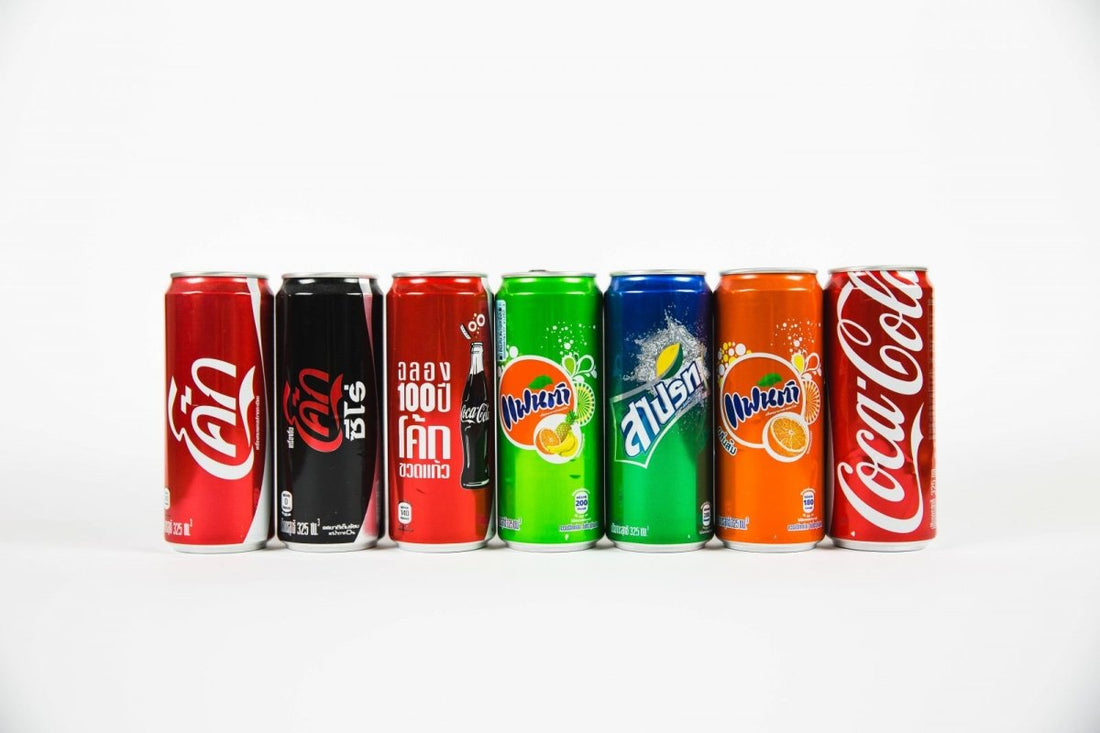
Chapter 2: Brand Before Logo, and How the Two Relate
adminShare
A logo can make or break your business. That sounds harsh, but is a reality nonetheless. In a single image, it defines what your brand is all about. It allows your audience to recall past experiences with your brand, while building a mental relationship that can pay off for years to come.
That's why your brand and your company logo are inextricably linked. One cannot exist successfully without the other. You can't express your brand without a logo, but you also can't design a great logo without a clear understanding of your brand.
At the same time, we're not talking about a chicken-and-egg situation here. Your logo should never, ever, precede your brand. Instead, it needs to be built on the brand that you have already established. So in this chapter, we'll take a detour away from the actual design component, focusing on the brand work you have to do first.
What Makes a Great Brand?
Let's start with a definition. Don't worry; it will get interesting soon. First, though, we have to establish common ground. Business Dictionary considers a brandAn image that identifies a product and differentiates it from its competitors. Over time, this image becomes associated with a level of credibility, quality, and satisfaction in the consumer's mind.In other words, brand is intangible. It describes your audience's perceptions of your product or service, the feelings they get when they use or think about it. That's crucial background when considering just what makes a great brand. Strong brands are clearly defined. Perceptions are common across audiences, and they're naturally positive. These perceptions align with the perceptions that the business wants their customers to have about their products or services. Strong brands also have a personality. They're not quite human, of course, but they do engender feelings and emotions. Brands can be fun, serious, wise, witty, and even a little ridiculous. But they should be something. Finally, strong brands define themselves, explicitly or implicitly, in terms of their competition. They're not like their main competitors, but stand out immediately. More on that nuance in the Context section below.
How to Define Your Brand For Your Audience
Add all of the above together, and you get quite the complex picture. Branding is far from simple. There's a reason that quite a few people get paid quite a lot to keep defining and redefining major brands in the eyes of their audience. If you want to build a strong logo, that's the step you have to take first. Defining your brand is impossible without talking to your core audiences. Find out what they think about you, then see how it aligns with what you want them to think. Focus on questions like:- What feelings does your audience get when thinking about your product?
- What feelings does your audience get when using your product?
- How do these feelings differ from your competition?
- What do your customers love and hate about your brand?
- What part of your audience do you see as a good match for your brand?
- What part of your brand do you see as a good match for your current audience?


